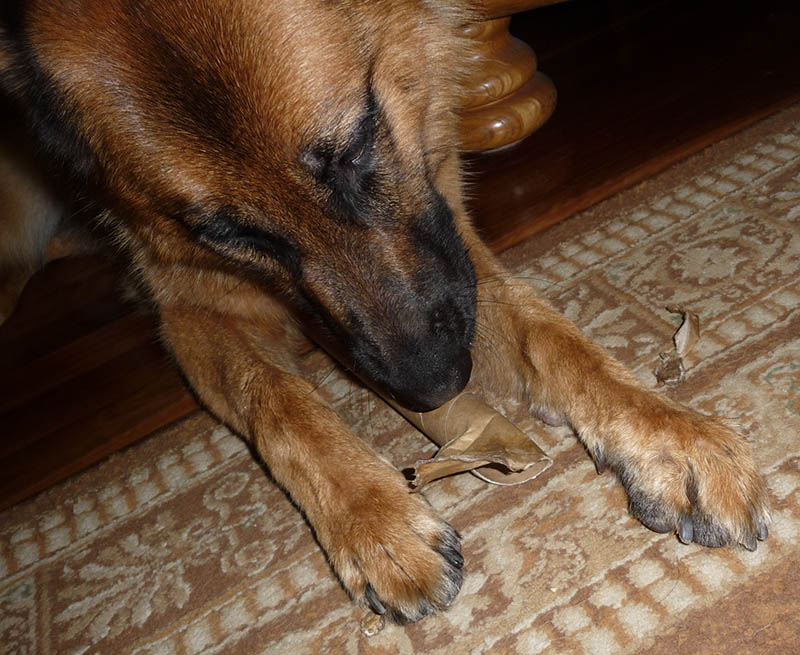Revising and Editing
I remember editing my dissertation a few years ago, reading and re-reading over eighty five thousand words. This equated to about 1,370 paragraphs (excluding footnotes) that I had to check for formatting, typos, spelling, punctuation, syntax, grammar, references and more typos. After I’d stared at the words on the screen and on printouts for way too long, my treasured band of proofreaders stepped in to try to ferret out what I’d missed. They went through the whole thing with fresh eyes, providing me with a bit of distance from it all and some invaluable feedback that I could put too good use. The whole process took months; it was a long, hard slog, but well worth it in the end. (Thanks again, guys).
To date I’ve had five sets of eyes (other than my own) run through my current manuscript. Four were those of friends or colleagues, their remit simply to look for flow and coherency in the story line and to let me know if anything didn’t make sense. Changes were made and then the manuscript went off for a more comprehensive review, to elicit specific editing feedback.
This brought me to the end of the first two phases of the edit process (self-editing and outside assessment) and has left me squarely in the middle of the formal revision stage. When that’s done I plan to call on some more of those fresh eyes before taking the next step.
Meantime the typos are easy enough to fix, the layout likewise, and even moving the prologue to the end of the story and repurposing it as an epilogue had turned out to be okay. Adding content for context is quite a bit more challenging. Not because writing the content is difficult, but because there is so much I could add – and only a small percentage of that is really relevant.
So I’ve taken to reading the new sections out aloud to see if they fit, or if they sound awkward. The dog gnaws on carboard and looks on patiently as I drone on to myself; the chickens watch me warily through the window with their beady little eyes. It’s a writer’s life.
